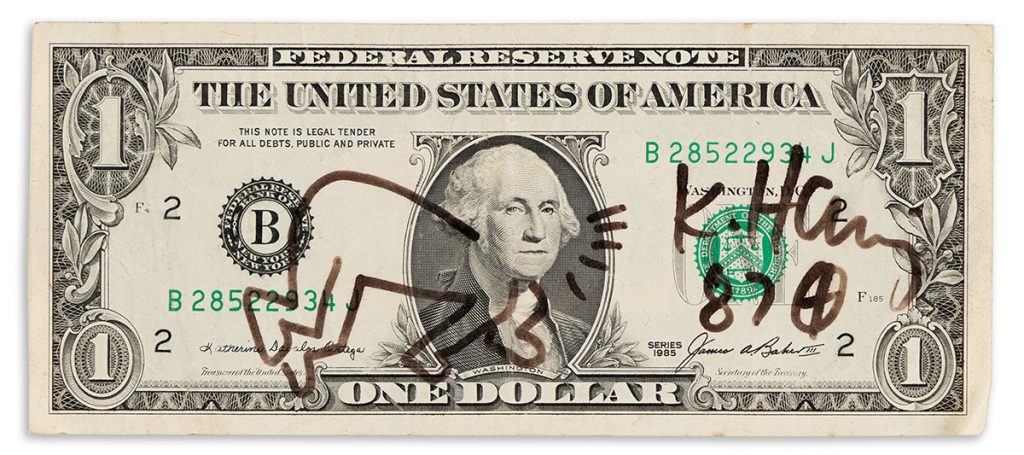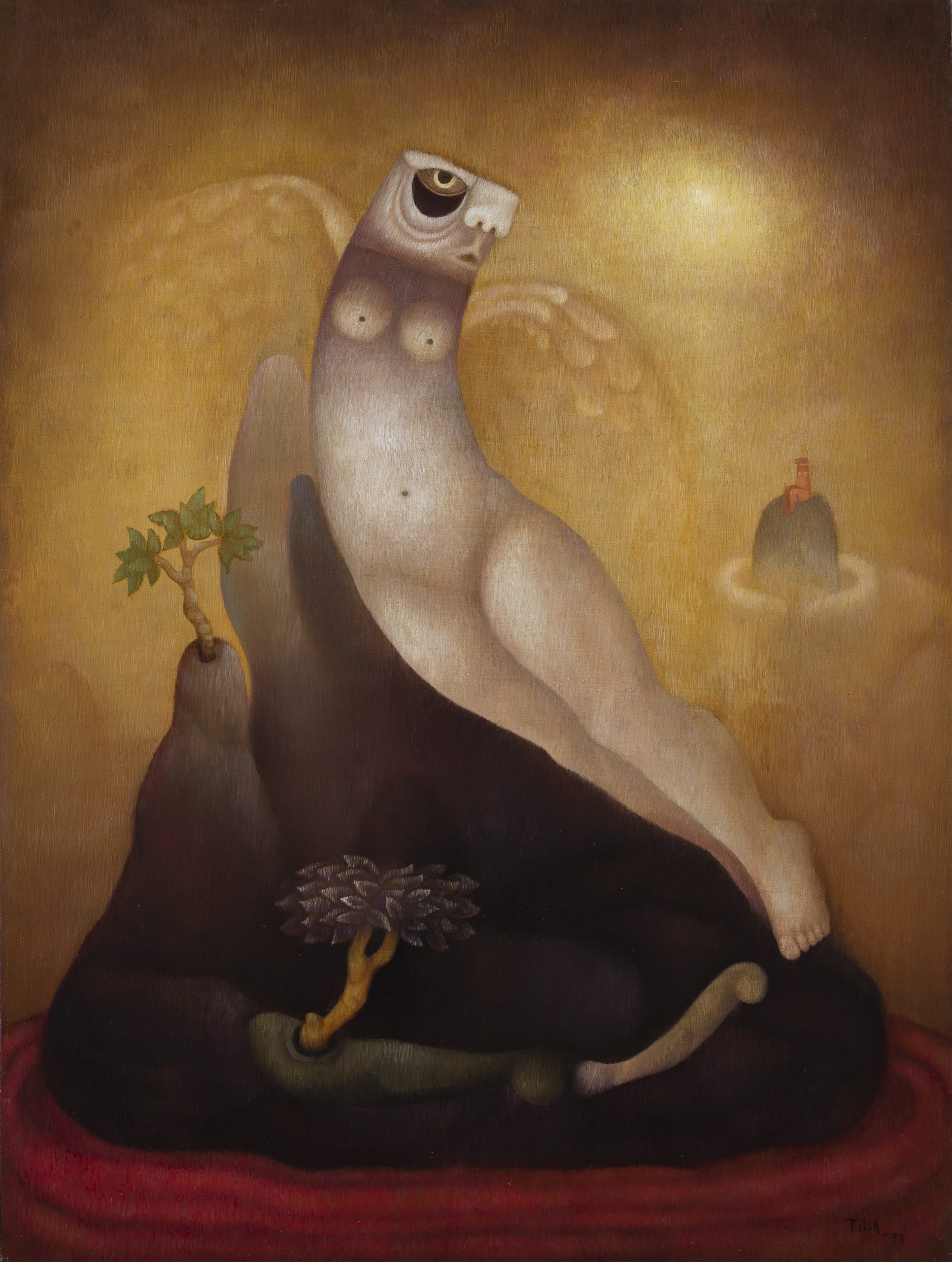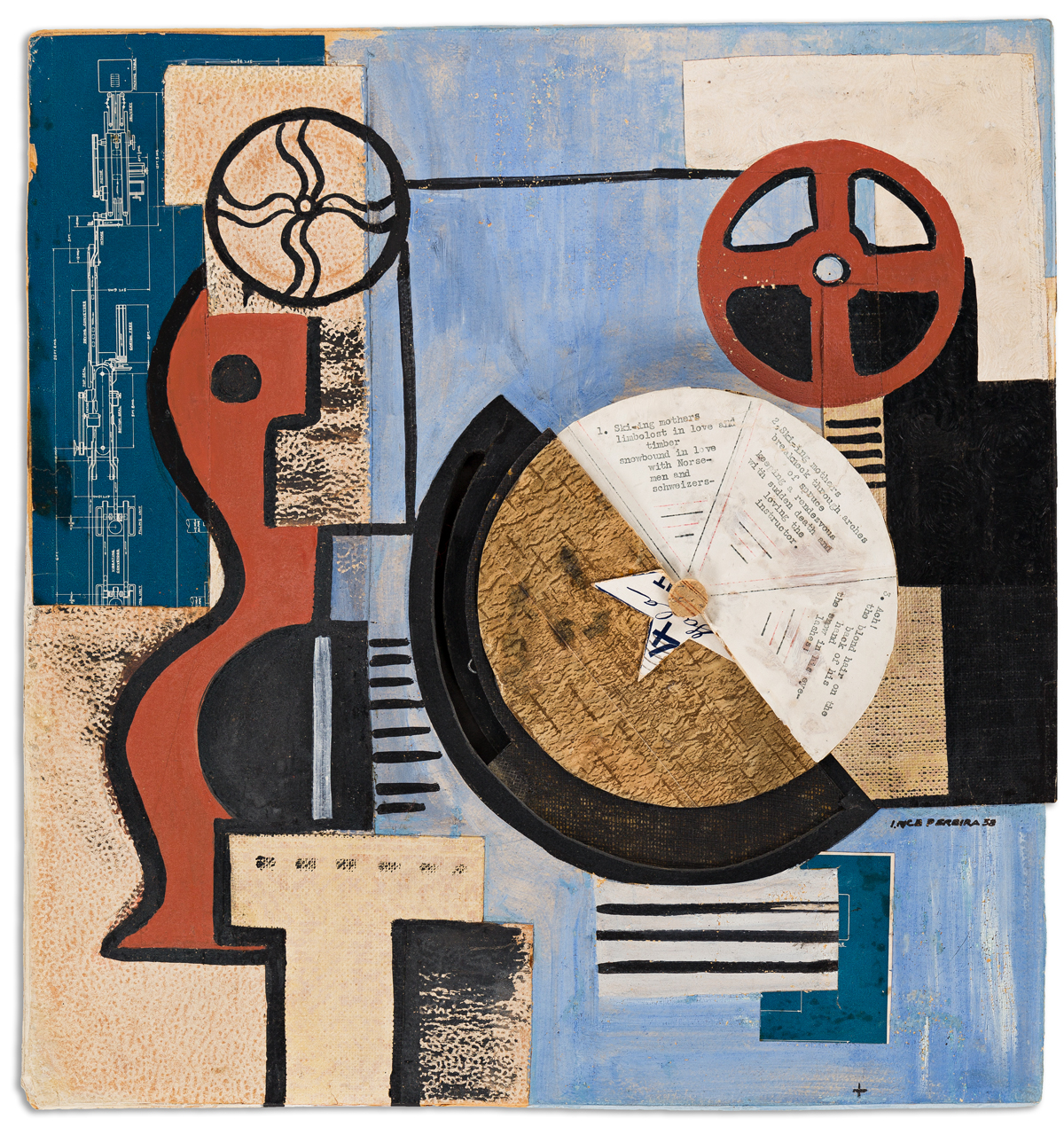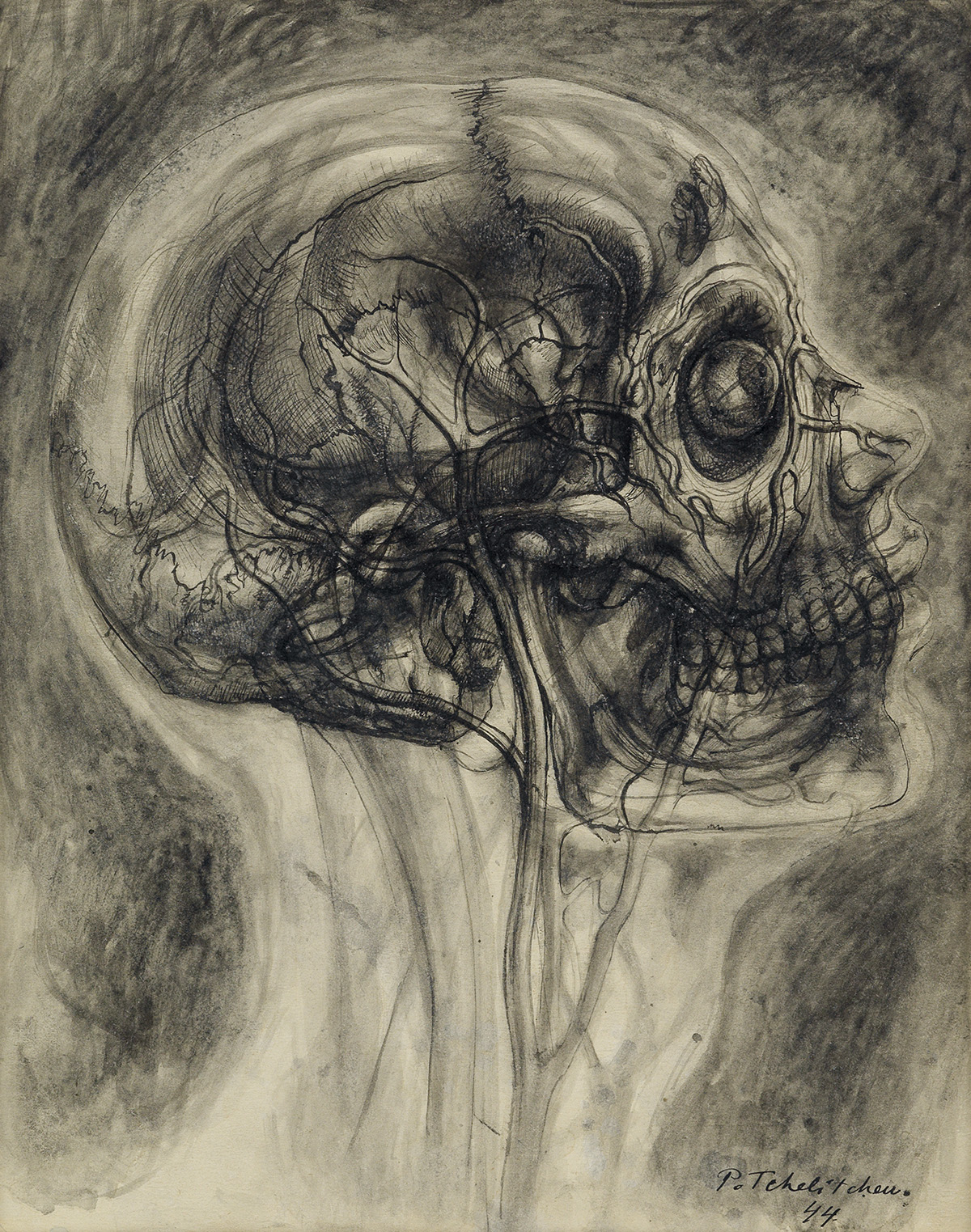Art from the Collection of Norman Dolph
The date was mid-April 1966 and Norman Dolph sat at the soundboard at the ramshackle Scepter Studios on West 54th Street in Manhattan, recording songs by a quartet that included musicians Lou Reed, John Cale, Sterling Morrison, and Maureen Tucker, as well as the German singer Nico, that would make up the bulk of the material for the band’s debut album: The Velvet Underground & Nico, which became known as the Banana Recrod. The recording sessions lasted only several days, but in that brief time, The Velvet Underground, with Dolph as sound engineer, de facto producer and promoter and Andy Warhol as the ringleader, produced one of the most innovative and influential records of all time and in doing so made history.
Dolph, a Columbia Records sales executive, and Warhol co-financed the recording sessions, and Dolph acted much more in the traditional capacity of producer than Warhol, though Warhol was officially credited as producer of the LP tracks. Dolph promoted the recordings first to Columbia Records, then Atlantic Records and Elektra Records, all unsuccessfully, until finally, it was released almost a year later by Verve Records (then largely a jazz label). Warhol promoted it too, not only taking on The Velvet Underground as their manager and making them the house band at his New York studio, The Factory, but also designing the famous banana print album cover. The recording sessions acetate Dolph used to promote the record surfaced 40 years later, and sold on eBay for $25,000, making it one of the highest prices for a music disc.
Paul Morrissey, Warhol’s business manager, quipped, “Verve/MGM didn’t know what to do with The Velvet Underground & Nico because it was so peculiar. They did not release it for almost a year. Tom Wilson at Verve/MGM only bought the album from me because of Nico. He saw no talent in Lou [Reed].” Though the initial commercial reception to the album was largely unsuccessful, it sold approximately only 50,000 copies in its first several years (not 30,000 as most of the stories about the album frequently repeated), its significant and influential reputation is undeniable. The musician and producer Brian Eno once noted, “Everyone who bought one of those 30,000 copies started a band!”
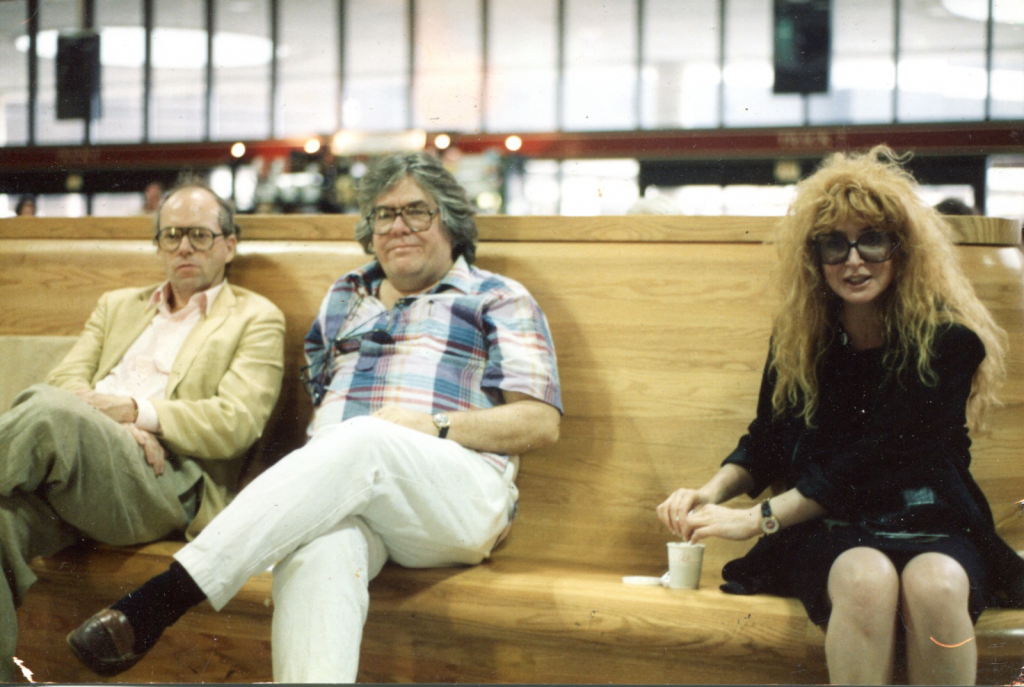
This foray into the avant-garde New York music scene of the 1960s provides an exceptional introduction to the life of Norman Dolph (1939-2022). He was born in Tulsa, Oklahoma and was a graduate of Yale University (1960), with a degree in electrical engineering. In 1967 he was working as an account representative for Columbia Records in the Custom Pressing Division while moonlighting as a DJ for his own mobile discothèque business (STOY, Inc.), one of the first its of kind in the U.S. Through his DJ gigs at New York art gallery opening parties, he became acquainted with Warhol, who mentioned to Dolph at one point that he had discovered a rock band he thought should make a record. This was The Velvet Underground. Dolph said I can do that, bought studio time at Scepter Studios and oversaw the recording of most of the songs for their first groundbreaking album.
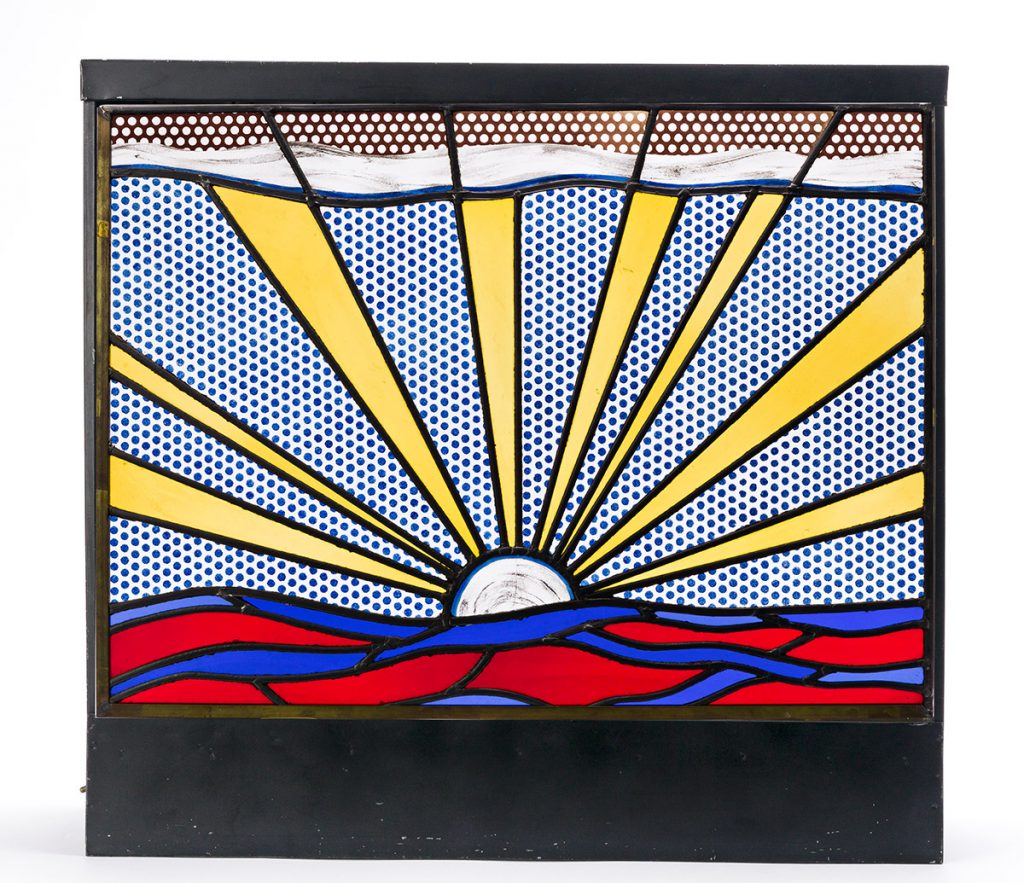
Dolph produced additional recordings through the 1960s and, in 1972, began writing lyrics and publishing songs, garnering two chart hits, ”Life Is a Rock (But the Radio Rolled Me)” performed by Reunion (1974), which would later be tweaked by McDonald’s for a Super Bowl commercial that included the pressing of 80 million flexible records bearing their version, representing one of the largest single pressing orders for copies of one record in the history of recorded music, (and become the subject of a major infringement suit against McDonald’s for unauthorized use), and “Stay the Night” sung by Jane Olivor (1978), and other recordings by KC & The Sunshine Band, Patti LuPone, Isaac Hayes, Millie Jackson, Tracey Ullman, Eddie Kendricks, The Earls, and Bill Medley. Later in his career, he wrote the lyrics to the songs in the animated feature Attila and the Great Blue Bean (2007).
Dolph began collecting art during the 1960s and continued to acquire extraordinary works throughout his life with an insatiable zeal and an unparalleled connoisseurship. Early influences by such artistic luminaries of the time as Warhol and Roy Lichtenstein undoubtedly aided his appreciation and keen eye, to this he brought his technical sensibilities as an electrical engineer and creative instincts as a musical producer. Over his collecting career, his tastes ranged from Pop Art to Minimalism to Experimental art and more, covering virtually all media, bound by a common thread of innovation and experimentation. He had friendships with many artists, critics and gallerists, in addition to Warhol and Lichtenstein, including Marcel Duchamp, Tom Wesselmann, Malcolm Morley, Richard Artschwager, Forrest Myers, Stephen Antonakos and others.
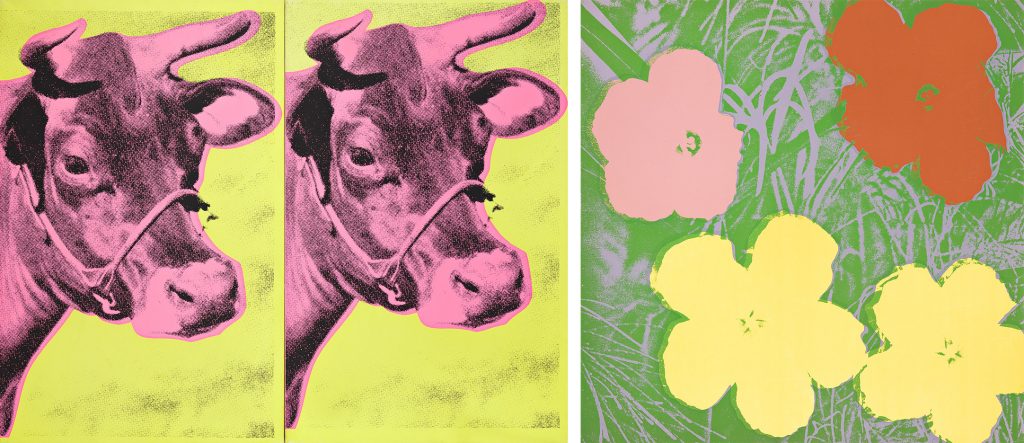
He once approached Lichtenstein in 1967 with an experimental idea to create a stained-glass representation of the artist’s Sunrise image (this had been used as an announcement for a 1965 Leo Castelli Gallery, New York, exhibition) and had a prototype of the work fabricated by a specialist glassmaker in Haarlem, The Netherlands, and mounted it in a self-made metal light box. The prototype was brought to Castelli for presentation as a possible edition, but the project was evidently abandoned. The prototype, nevertheless, will be offered in the current auction. Dolph received an original painting from Warhol in appreciation for his work on The Velvet Underground & Nico, which he sold, and later wryly remarked that he made more money on the sale of the painting than Lou Reed ever made on the sale of the record.
Dolph was a close friend of the art critic Clement Greenberg, a champion of the American abstract art movement and the New York School of Abstract Expressionism in particular. Toward the end of Greenberg’s illustrious career, in the early 1990s, and perhaps encouraged by the influential art scholar, Dolph himself began to paint. Among his innovative works is a series of assemblages made of acrylic and ink on strips of raw canvas attached with rivets and string, each strip with a famous quote by Greenberg (1993). In another instance, inspired by Barnett Newman’s The Stations of the Cross, 1958-66, series of fourteen oils on canvas, he traveled to Jerusalem and photographed the present-day sites of the Stations of the Cross. Returning to New York, Dolph created fourteen huge stark, black-and-white acrylics on canvas based on the photos. The paintings were originally exhibited in the 6th Biennale of Sacred Art at the Museo Stauros d’Arte Sacra Contemporanea, the church of San Gabriel, Teramo, Italy. In addition to his work as an artist, Dolph also became a writer during the final decades of his career and was a columnist for Success Magazine, he published articles about art, and individual books on entrepreneurship and the music industry.
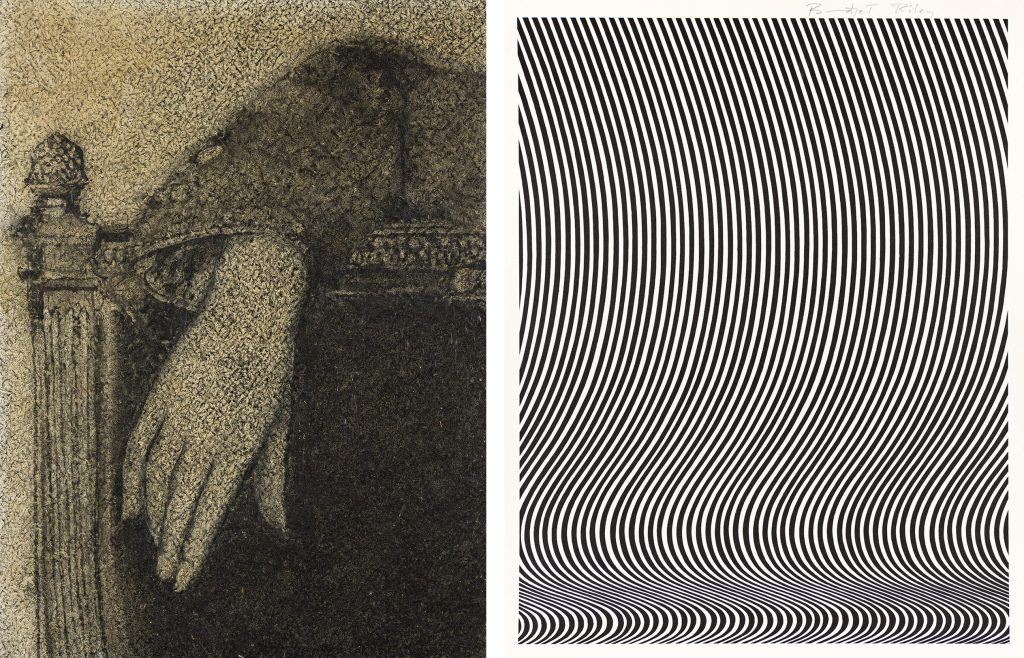
Though a long-time resident of New York City, during the 1990s and later, he called Madison, Connecticut his second home and relished the landscape and light of the country. Much of the artwork now presented in the current auction has hung, as it was carefully curated by Dolph, in his New York apartment and Connecticut home, until just recently. We are honored to offer these works at Swann Auction Galleries and hope the public will find the same creative inspiration and passion for the art that both the collector Norman Dolph cherished and we at Swann have gained over our time spent with this remarkable collection.
